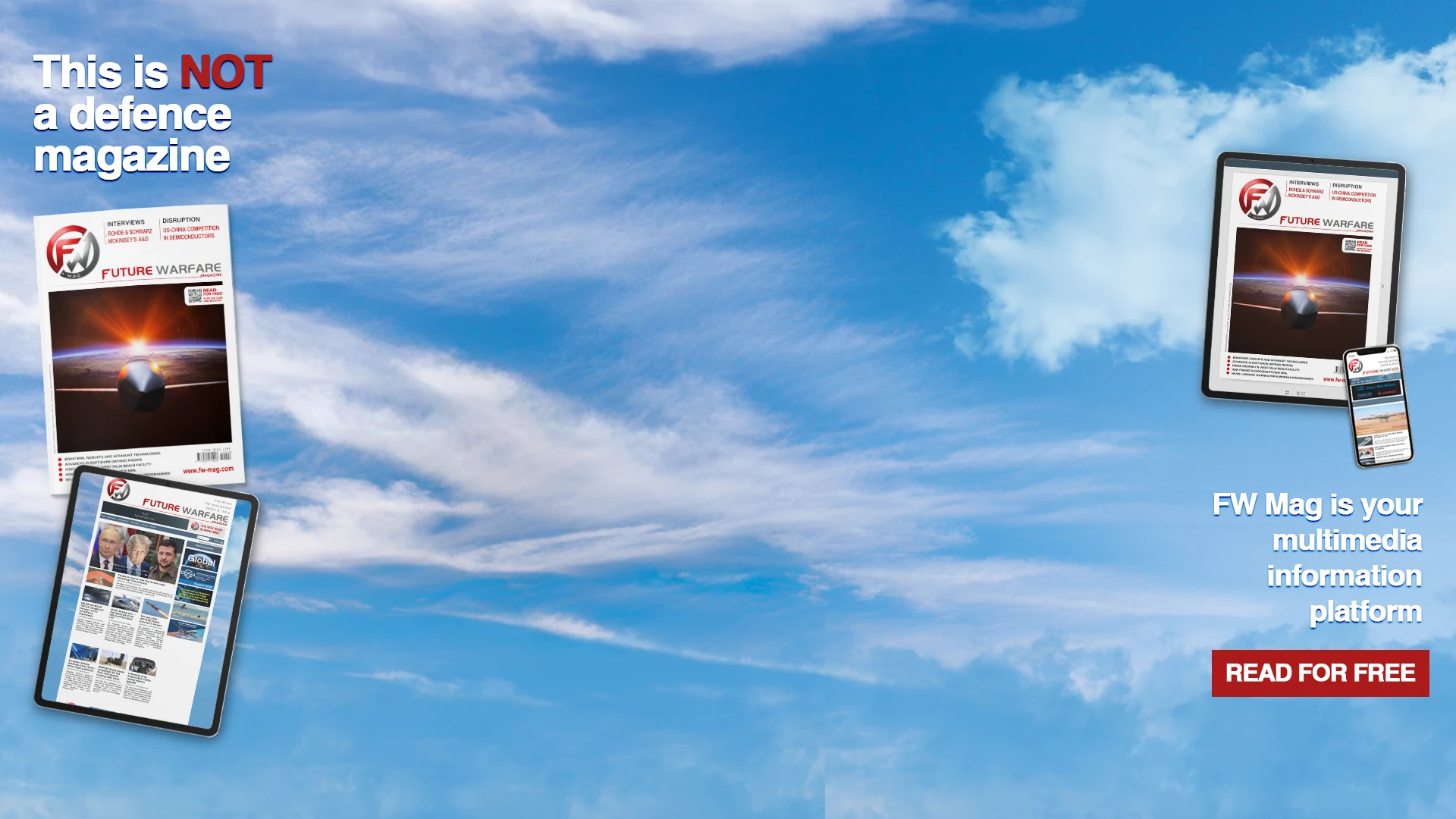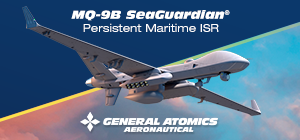In August 2024, Textron Systems and its partners Howe & Howe and Teledyne FLIR Defense delivered two RIPSAW M3 prototype vehicles to the U.S. Army as part of the Robotic Combat Vehicle (RCV) Phase I: Platform Prototype program.
These vehicles were sent to Aberdeen Proving Ground in Maryland for extensive testing to ensure they meet the Army's requirements related to mobility, sensor performance, remote vehicle control, and overall systems reliability.
During AUSA 2024, we had the opportunity to talk with David Phillips, Senior Vice President Air, Land and Sea Systems for Textron Systems. In a humorous but also eloquent comment on the M3's capabilities, he said: “we gave it to the US Army and challenged them: try to break it.”
Indeed, the RIPSAW M3 is distinguished by its Modular Open Systems Architecture (MOSA) design, which allows for a common chassis that can support interchangeable payloads up to 5,000lbs (2,270kg). This design emphasizes transportability and mission versatility while ensuring ruggedness and reliability that align with Army specifications.
David Phillips explained that “these vehicles must be survivable. In our mind, it is clear that troops will have to rely on them and trust them when they are in the battlefield. In terms of performance, the UGVs must keep up with manoeuvre formations and go wherever they go, or even lead the way. This is why we need to stay aligned with the US Army on CONOPS but also on exploring all of the possible tasks that can be assigned to such a flexible asset.”
Since the introduction of the RIPSAW M5 in 2019, Textron Systems and its partners have continued to advance the RIPSAW family of robotic vehicles. As a reminder, the M3 and M5 share a 75% logistical commonality at the line replaceable unit. The autonomous development process has involved collaboration with industry partners, academia, and the Defense Advanced Research Projects Agency (DARPA). Regarding ruggedness, the M3 and M5 have combined for more than 5,000 miles of durability testing.
According to insights FW MAG could gather, each M3 or M5 has a minimum expected service life of 20 years, which can be extended through an appropriate obsolescence management programme.
In addition, David Phillips provided some details of the development pathway of the M3 within the RCV Phase I: “the current phase is not limited to physical tests for us. We are also organizing our production representative environment, including supply chain, capital equipment and manufacturing data package to ensure success in subsequent phases.”
In May 2024, Textron had also announced a partnership with Kodiak Robotics, a dual-use artificial intelligence company, aimed at integrating Kodiak's autonomy stack into one of Textron System's UGVs. This collaboration focuses on integrating the Kodiak Driver, Kodiak's self-driving system, into the RIPSAW M3 vehicle. The goal is to create a rugged and reliable robotic ground vehicle specifically designed for complex military missions, thereby reducing soldier cognitive load and keeping service members out of harm's way.
The Kodiak Driver-equipped RIPSAW M3 features advanced capabilities, including 360-degree visibility achieved through modular DefensePods integrated into each corner of the vehicle. This design maintains a low profile, making it ideal for reconnaissance and surveillance missions. The vehicle benefits from advanced autonomy that allows for full off-road navigation, enabling it to traverse complex terrain with human-like driving skills. Additionally, the system incorporates assisted autonomy, which combines autonomous navigation with human-in-the-loop path planning, allowing soldiers to take control of the vehicle remotely when necessary. It marks the first time Kodiak has collaborated on an autonomous tracked vehicle and is notable for being the first Kodiak Driver-equipped vehicle designed without space for a human operator.
The technology stack has already proven its reliability in commercial applications, having driven over 3.5 million miles (4.8 million km) and delivered more than 6,000 loads in the trucking industry. The conversation with Mr. Phillips also provided an interesting perspective on US Army requirements for this class of vehicles.
In particular, Textron Systems perceives that the US Army is looking for UGV solutions that can be maintained, upgraded, and modified autonomously, without relying on OEMs for each modification – and possibly during overseas deployments, in function of the scenario. This is why Textron System is working to make its M3 as modular and versatile as possible. Furthermore, the company tries to anticipate the possible roles the UGV may be tasked with.
For instance, as David Phillips highlighted “internal transportability in a CH-47 is not an Army requirement, but we feel it is an important capability for the vehicle to have when you look at the terrain an RCV will likely have to traverse on the battlefield."








 (300 x 70 px) (1).png)
